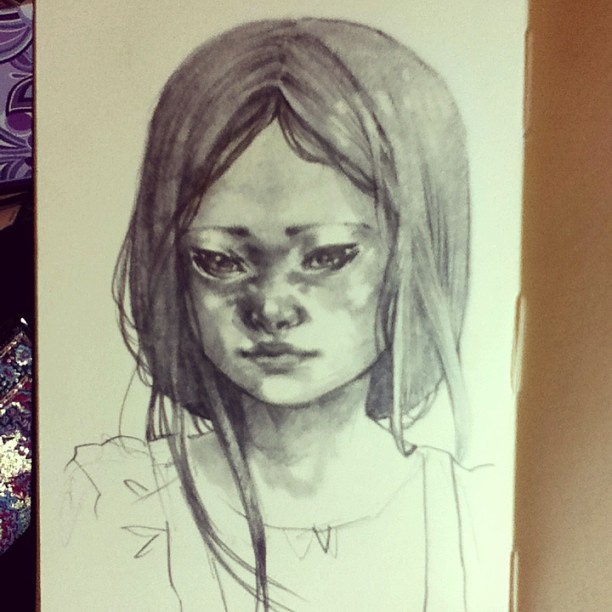Trung is a Vietnamese American immigrant queer artist born in a UN refugee camp in the Philippines, who moved to the United States at the age of 2, and who came out to his family at the age of 17.
How do you see yourself — as immigrant, artist, queer or more?
I find myself constantly trying to figure out how to move between spaces instead of settling in them. I am uncomfortable thinking about myself as a sum of parts – everyone knows you are all of yourself at once. But I often get the sense that I’m always dealing with myself in pieces. The safe spaces availed to me tend to be made for parts of me.
My queer and Asian American identities are prominent parts of my life because they’re the facets of me that are the most often politicized and subject to respectability politics. They’re the ones that I’d always been encouraged to keep quiet about for the sake of politeness.
I think whenever we encounter and subsequently assert any identity that is incongruous with one that‘s the default of the popular imagination, we tend to be experienced as ‘political’ whether we like it or not. So regardless of how we carry ourselves, an oppressed identity is treated as somehow impolite by the merit of its existence, amusingly and troublingly based somewhat on its potential to stir guilt in people who would otherwise never have to critically think about identities. And so we’re encouraged to make ourselves small, to disappear, and to never speak of or up for ourselves.
How has being an Asian American affected your life as a queer artist, or vice versa?
I was told to avoid addressing identity issues as a kid because I was told it was not polite conversation, and I stayed quiet about it until well into my teens. But when I elected not to address my Asian identity, the particular problems that came with it were rendered invisible by extension. When people ‘don’t see my race,’ people will inevitably also be unable to see why I hate the “Everybody Wants to be a Cat” number from The Aristocats, or why I can’t stand mock-Engrish, or why I find Miss Saigon to be in very poor taste. Why would anyone see why I had a problem with those things when they can deny seeing the part of me that is damaged by those things? And why does the benefit of politeness only ever seem to extend to those parts of us and our communities that occupy default spaces?
It’s strange to me that our politicized identities are expected to live in quiet compliance in order to be considered polite and acceptable, while the expectation that privilege should consider and respect the agency of the oppressed is decried as unfair compulsory political correctness.
Being a relatively quiet kid anyway, I was frequently conflated with the whole model minority myth as though it was a good thing, an aspiration – I was a good boy. I was polite. I was getting good grades. I didn’t make a lot of noise. The one thing I did do frequently, though, was doodle.
When I was really little, I was shy to speak because English was my second language, but I read lots of picture books. I started using pictures as a way to connect with stories I didn’t know how to share, and I was especially interested in fairy tales and adventure stories because they were stories about change and transition. It didn’t matter that I would never encounter talking frogs or flying lizards in my lifetime – I related to those stories anyway, and I think it’s important to note that people have the capacity to incorporate talking frogs and flying lizards into their sphere of empathy. For some reason, though, that empathy is not usually encouraged to extend to people who look like me. Being immersed in fantasy literature as a kid, the only faces and bodies I typically ever saw were depicted as white, and that’s what I drew. It wasn’t until I was in college that I realized the iconography of villainy and monstrosity in those old pulp sci-fi and fantasy illustrations I loved to look at were rooted in Yellow Peril imagery and heavily racist Orientalist tropes.
From the perspective of a well-intentioned and community conscious white hegemony, the stories and images of people of color in fiction encourage the development of outward empathy. But for people of color, they embolden the revolutionary idea that our stories are worth being told. Looking back at the images I drew and the narratives I illustrated even from just a few years ago, I’m disturbed and frustrated to realize that I didn’t seem to exist in my own imagination.
So today I’m doing what I can to unravel the internalized issues of my image-making. I want to make images and tell stories where I can find myself, without explanation, with no disclaimer, and no apologies.
Contact Info / Shameless Plugs
- Twitter: @trungles
- Website: trungles.com
- Blog: artoftrungles.tumblr.com
- Facebook: facebook.com/trungles
________________
Tune in every day this month for Reappropriate’s daily “Faces of Asian America: Being X” series, which will profile an awesome Asian American in celebration of AAPI Heritage Month.

